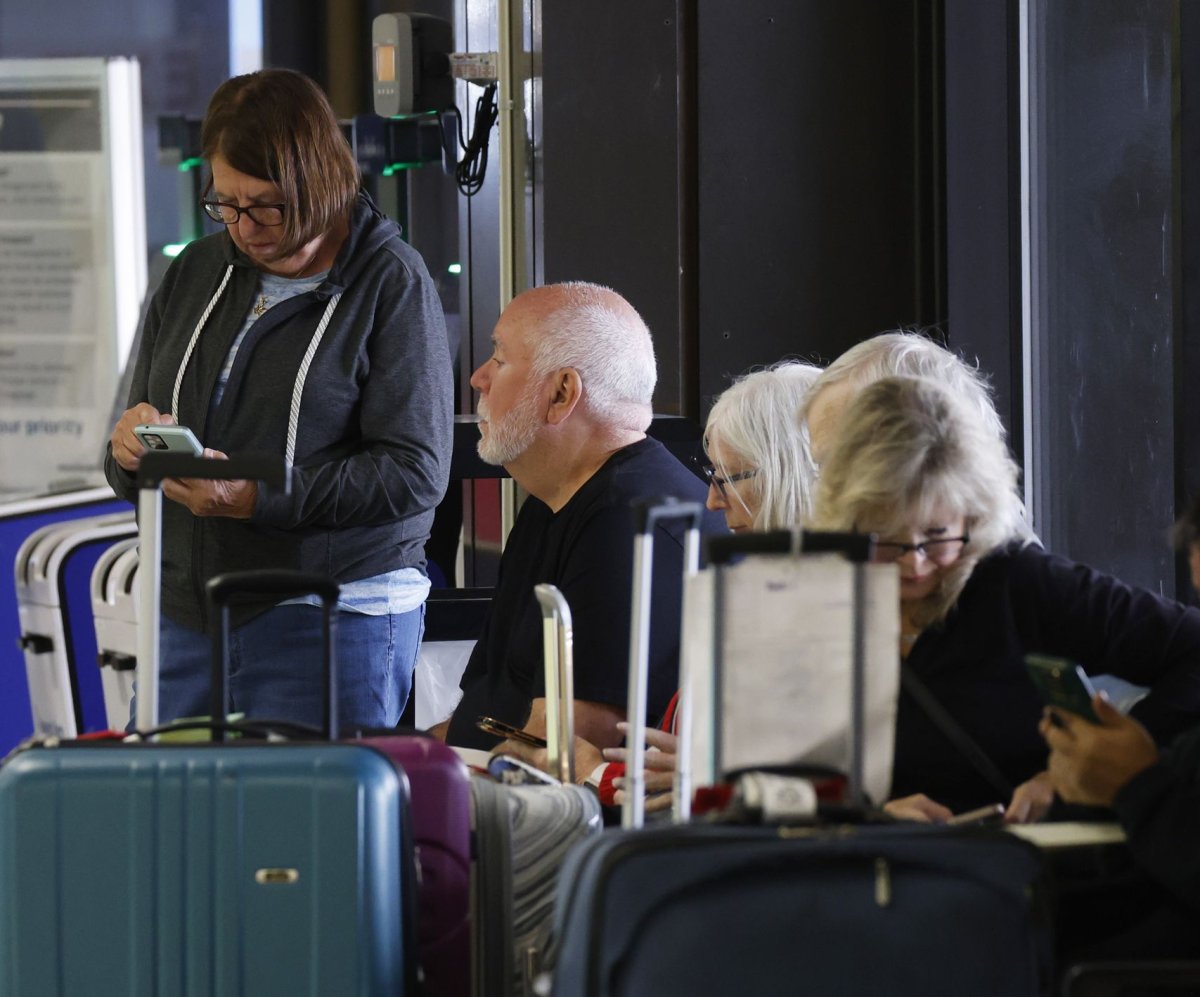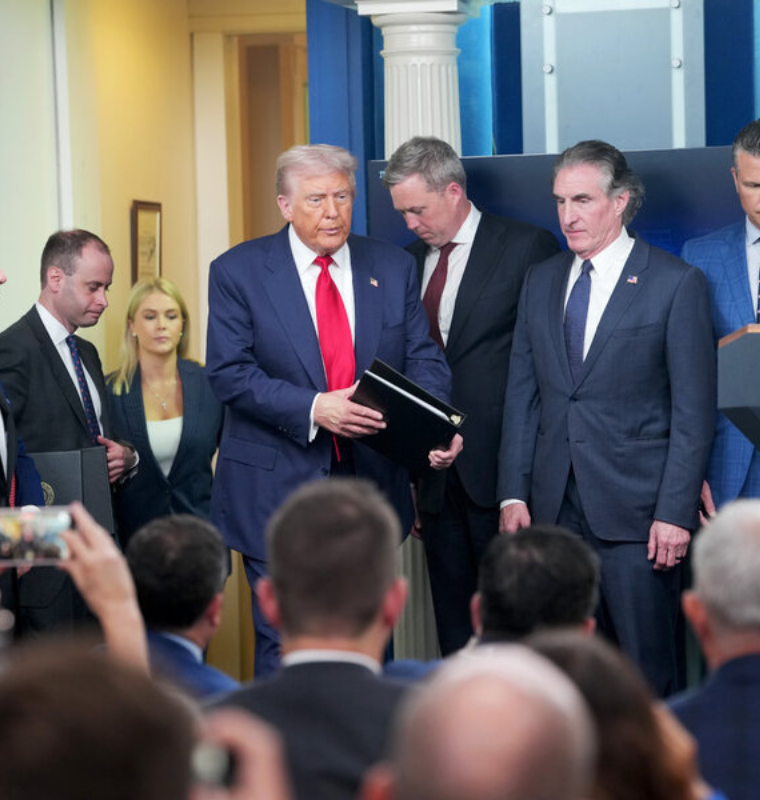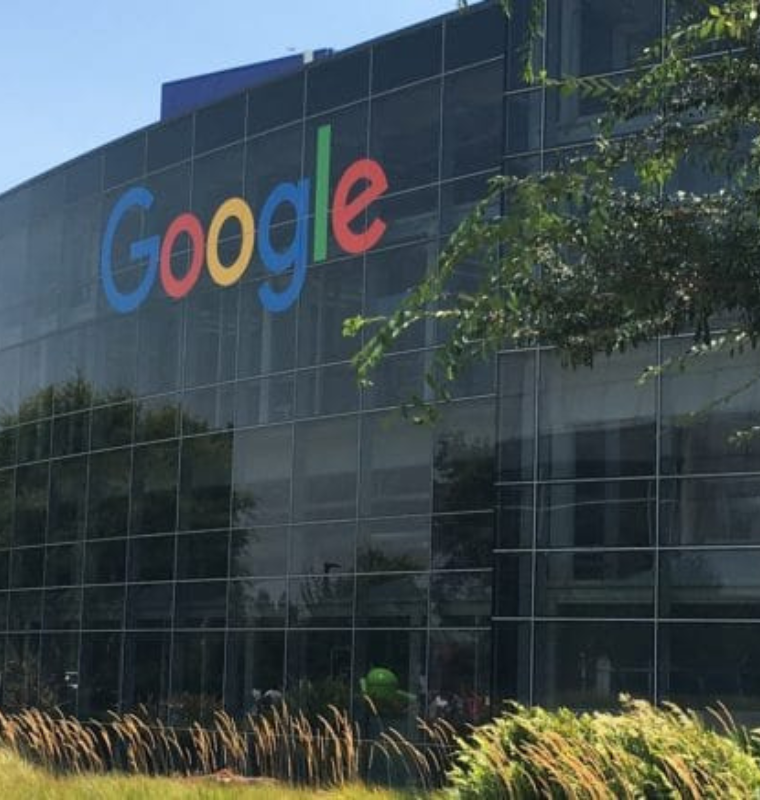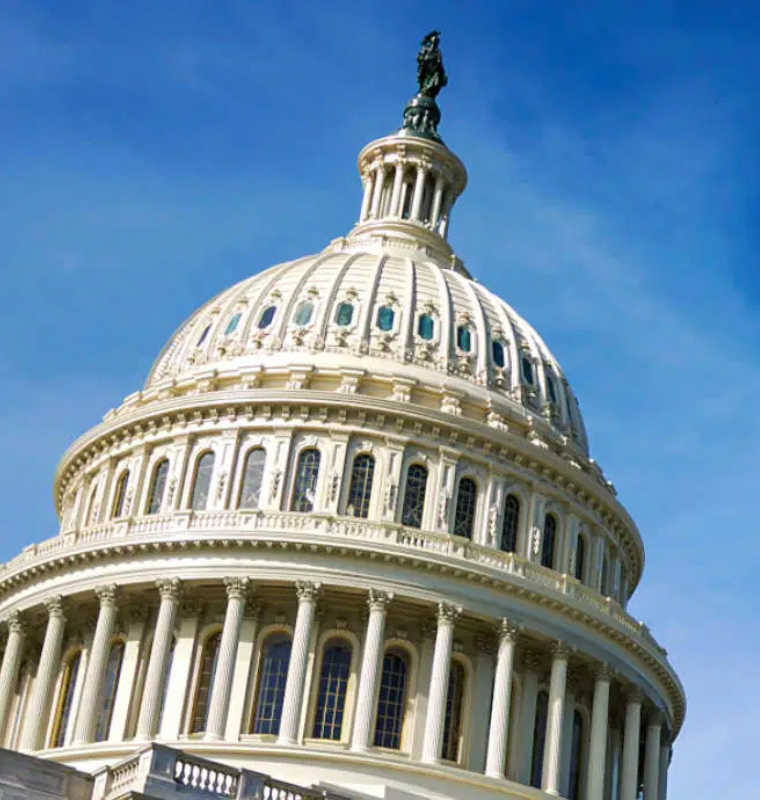U.S. to Impose $250 ‘Visa Integrity Fee’ on Foreign Visitors Under New Immigration Law
U.S. to Impose $250 ‘Visa Integrity Fee’ on Foreign Visitors Under New Immigration Law
By
Junia Wells
Last updated:
July 21, 2025
First Published:
August 6, 2025

Photo: UPI
A New Fee for Travelers: What the U.S. $250 Visa Integrity Charge Means for International Visitors
Foreign travelers heading to the United States will soon face a new mandatory charge: the “Visa Integrity Fee”—a minimum $250 levy introduced as part of the One Big Beautiful Bill Act, recently passed by the Trump administration. This new fee, layered on top of existing visa charges, is intended to strengthen immigration compliance—but has sparked questions about implementation, cost, and its broader economic impact.
What Is the Visa Integrity Fee?
According to the legislation, the fee applies to all nonimmigrant visa applicants. This includes tourists, international students, business travelers, and temporary workers who require a visa to enter the United States. The $250 minimum will be enforced during Fiscal Year 2025 (Oct. 1, 2024 – Sept. 30, 2025) and is expected to increase over time with inflation.
Unlike traditional visa processing fees, this one cannot be waived, even in hardship cases.
Additional Financial Burden for Travelers
Travelers already pay significant visa-related fees. For example:
- An H-1B visa applicant currently pays a $205 application fee
- With the visa integrity fee, this would rise to at least $455
- The Form I-94 fee has also increased from $6 to $24, further raising costs for most travelers
According to immigration attorney Steven A. Brown, “Applicants should prepare for a total visa cost upwards of $500–$600, especially those from countries not included in the Visa Waiver Program.”
Reimbursement Conditions: A Tough Road
In theory, travelers may be eligible for a refund—but only under strict conditions:
- The visa holder must not overstay their authorized visit by more than five days
- They must not engage in unauthorized employment
- Reimbursements will only occur after the visa expires
However, immigration experts are skeptical. Brown advises his clients to treat the fee as nonrefundable. “It’s rare to get money back from the government. If you do, consider it a bonus,” he says.
The Congressional Budget Office (CBO) supports that skepticism. Their report estimates that only a small percentage of travelers will qualify for reimbursement—and that it may take several years to implement the process. Despite this, CBO projects that the fee could raise $28.9 billion in revenue and reduce the federal deficit through 2034.
Implementation Delays and Confusion
As of now, the fee is not yet active, and no official start date has been announced. The Department of Homeland Security (DHS), which is tasked with enforcing the fee, says cross-agency coordination is required before the program can roll out.
There’s also confusion about how and where the fee will be collected. Visa applications are handled by the U.S. Department of State, while DHS is tasked with enforcement. This administrative mismatch adds complexity and raises concerns about delays or confusion for applicants.
Why Is the Fee Being Introduced?
The Trump administration has argued that the new fee will help restore “integrity in the immigration system”, ensuring that visitors respect the terms of their stay.
While overstay rates for nonimmigrant visa holders are low—between 1% and 2% annually from 2016 to 2022—data from the Congressional Research Service shows that roughly 42% of the estimated 11 million undocumented immigrants in the U.S. originally entered the country legally but overstayed their visas.
The administration believes this measure could act as a financial deterrent to overstaying or violating visa terms.
Who Will Be Most Affected?
Immigration experts believe the fee will disproportionately affect two groups:
- B Visa Holders (Tourism & Business):
Families may now face an added $250–$500 burden per person, making trips to the U.S. less attractive. - International Students:
Many already face significant visa and SEVIS fees. This new charge could make U.S. institutions less competitive compared to countries like Canada, the UK, or Australia.
Timing Complicates Global Travel
The timing of the fee’s rollout could be especially problematic. The United States is preparing to host major international events in 2026, including:
- The “America 250” celebration for the country’s 250th anniversary
- Matches from the FIFA World Cup
These events are expected to draw millions of foreign visitors, and industry experts worry that the new fee—along with increased costs and administrative confusion—may dampen enthusiasm.
Industry Response and Brand USA Funding Cuts
Travel leaders have expressed mixed feelings. Geoff Freeman, President and CEO of the U.S. Travel Association, praised the bill’s investments in infrastructure and border modernization but criticized the new visa fee and cuts to tourism promotion.
The bill also slashes Brand USA’s funding from $100 million to $20 million, undermining efforts to attract legitimate international travelers.
Meanwhile, Brand USA’s president Fred Dixon said the organization was “disappointed” by the cuts but remains focused on boosting U.S. tourism. The agency was also hit earlier this year when the U.S. Commerce Department replaced nearly half its board members.
Final Takeaway
While intended to enhance immigration oversight, the visa integrity fee adds another layer of cost and complexity for foreign visitors. With implementation still unclear and reimbursements unlikely for most, travelers and immigration professionals are urging caution and transparency from U.S. agencies moving forward.
Popular articles
Subscribe to unlock premium content
Disney’s Timeless Magic and How the Entertainment Giant Continues to Shape Culture and Innovation

Imran Khan’s Economic Missteps Amid Political Chaos in Pakistan

The Philippines’ Digital Shift How Remittances and BPO Are Fueling Growth

Disney’s Timeless Magic and How the Entertainment Giant Continues to Shape Culture and Innovation

Imran Khan’s Economic Missteps Amid Political Chaos in Pakistan

Disney’s Timeless Magic and How the Entertainment Giant Continues to Shape Culture and Innovation









